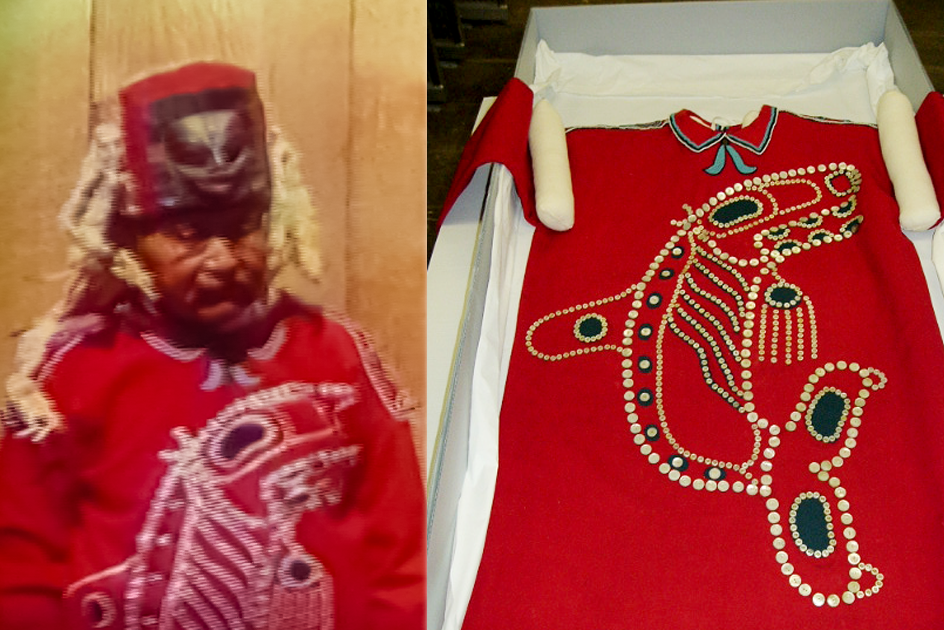
Alaska tribes and the University of Alaska Fairbanks will receive more than $350,000 in grants as part of the Native American Graves Protection and Repatriation Act, known as NAGPRA, the National Park Service announced on Monday. The groups will put the money towards bringing objects of cultural significance back to Alaska.
NAGPRA requires federal agencies and institutions that receive federal funds, like museums, universities or state agencies, to return Native American, Alaska Native and Native Hawaiian human remains and other cultural items to the appropriate owners. The law was passed in 1990.
The Central Council of Tlingit and Haida Indian Tribes of Alaska and Qawalangin Tribe of Unalaska will receive money for the repatriation of remains and significant objects.
The Central Council of Tlingit and Haida President Richard Chalyee Éesh Peterson said the tribe has been receiving NAGPRA grants since the 1990s to support its continued repatriation work.
“It’s one of the most culturally responsible things that we do, is this work to repatriate our artifacts that oftentimes were either stolen or wrongfully taken,” he said. “We consider these objects to carry spirit… it’s really been kind of a spark of cultural revitalization.”
Peterson said he’s seen items return to his own clan and knows firsthand the power of the work.
“I’ve been left in tears and just with goosebumps — it’s so amazing and so meaningful,” he said. “It’s exciting to be a part of that. It’s exciting to see our ancestors return.”
Tlingit and Haida has repatriated more than 130 objects since its first NAGPRA grant in 1993.
There are also federal funds for consultations, where tribes meet with museums to identify cultural objects. The Alutiiq Museum and Archaeological Repository, the Central Council of Tlingit and Haida Indian Tribes of Alaska and the University of Alaska Fairbanks will receive grant money to that end.
The Central Council of Tlingit and Haida will use its share of that money to visit Phoebe A. Hearst Museum of Anthropology at the University of California Berkeley and the University of Pennsylvania Museum of Archaeology and Anthropology, where its specialists will determine which objects of cultural patrimony should be restored to clans.
Desiree Duncan has worked with Tlingit and Haida since it began receiving NAGPRA grants. She said she used to go on museum consultations with the late Elder Cyril George and remembers hearing him talk about repatriation work in the Tlingit language: “Yeedát sá yei át yatee, oo awduudlixhaaji kháa, heinaxh kháa géidéi yaxh ghaagoot. Life should be this way, that someone you’ve given up hope of ever seeing again suddenly comes walking around the corner.”
She said this year the tribe is looking to bring home a speaker staff, a couple of masks, a raven totem, a box drum and a killer whale tunic.
“It brings back our culture, which is sacred to us and our clans,” she said. “It brings us life again.”
This year, a total of 16 tribes and 28 museums nationwide will use $3.4 million in grant money from this federal program.
Alaska Beacon is part of States Newsroom, a network of news bureaus supported by grants and a coalition of donors as a 501c(3) public charity. Alaska Beacon maintains editorial independence. Contact Editor Andrew Kitchenman for questions: info@alaskabeacon.com. Follow Alaska Beacon on Facebook and Twitter.




